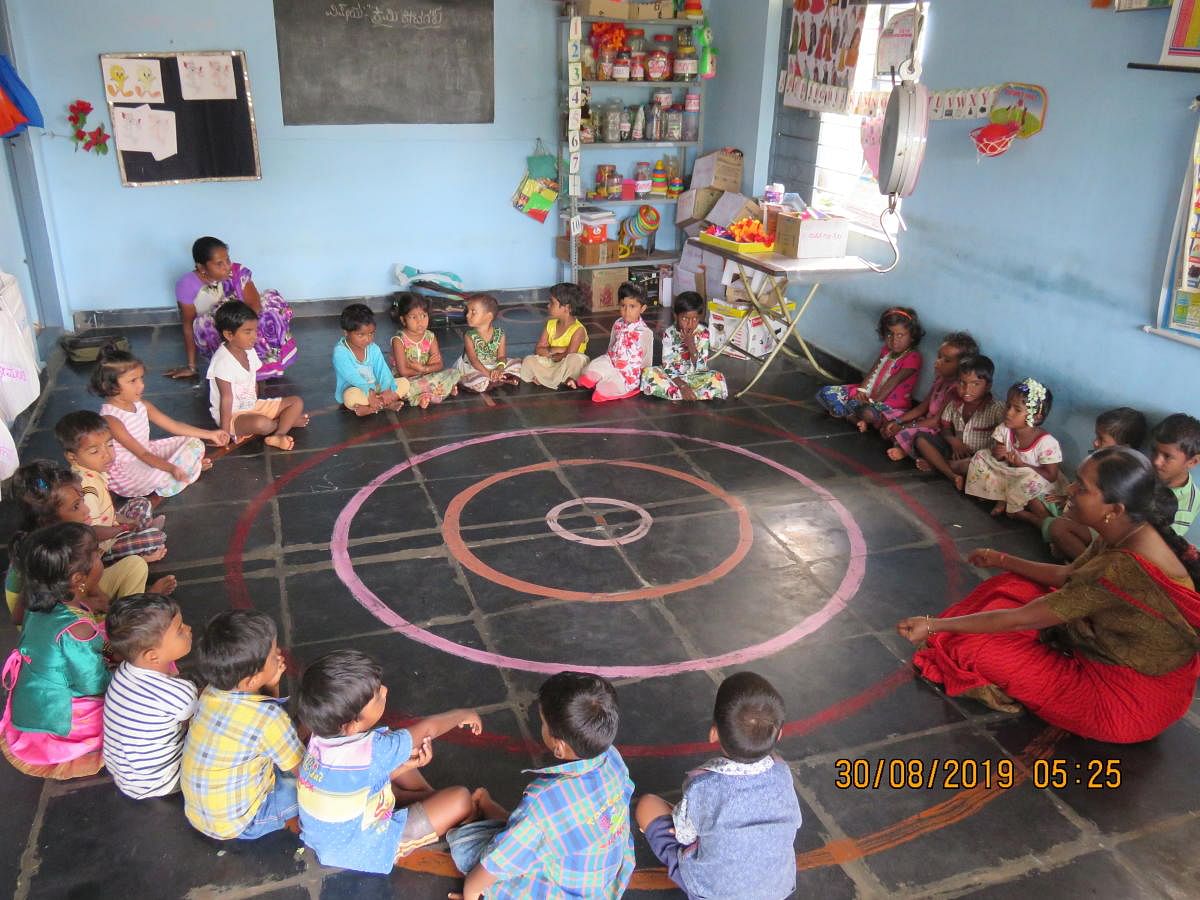
Recently the Madhya Pradesh Chief Minister stirred up controversy with his suggestion that eggs be replaced with milk. The major problem with this is that milk and eggs don’t have the same nutritional value. This brings into question whether the ones making decisions about these meals and their know-how in making them.
In Karnataka, the Integrated Child Development Services Scheme, which provides meals to children in anganwadis includes both milk and eggs.
Eggs are provided twice a week to all anganwadi children of the state and five times to those that are severely underweight. Similarly 150ml of milk is provided five times a week to the former category and 200ml to the latter.
Dr Priyanka Rohatgi, clinical dietician says that eggs are an important source of protein.
“It’s cheap and gives roughly 5g of Class A proteins, which is important for a growing child. It is also a dry item that can be consumed easily,” she says.
She adds that while milk is also an important part of a growing child’s diet, the product tends to be notoriously mishandled in the country.
“Contamination rates of milk are very high; ensuring that the 150ml of milk that the child receives is pure and has the right amount of protein can be a difficult task,” she explains.
Anganwadis are trying to rectify this by using milk powder instead of fresh milk.
She recommends that the amount of powder used be increased from 15g to 25g.
Dr Edwina Raj, senior dietitian, says that eggs are optional in most states due to the prevalence of a vegetarian diet. “This does not mean milk is a replacement. There are many nutrients, mainly iron, that egg provides and milk does not. Children who opt out of having eggs should have supplementary items to make up for this,” she says.
She suggests a combination of leafy vegetables and vitamin C. “This replacement is important as we see many children who are anemic,” she explains.
As for the rest of the state’s menu, both say, there is a good mix of cereals and pulses, which provides good quality protein.
“The ragi payasa is a good choice as it provides micro nutrients. The addition of chikki as children start growing their teeth is a good practice too,” says Priyanka.
She recommends that a leafy vegetable be added to the diet of adolescent girls. “Growing girls need higher nutrients and a leafy vegetable like spinach, methi soppu or mint would be beneficial. Additionally a fruit or vegetable should also be added to their meal as this might be the only one many of these children have all day,” she suggests.
Edwina adds that curd should also be included in the diet. “Many of the children availing the scheme have poor gut health and are prone to diarrhea which leads to and worsens malnutrition. Curd is a low cost way to improve gut health,” she explains.
She adds that there should be a focus on oils as well. “They must be adding oils to cook the foods, but it is not specified. These fats are important for brain
development in young children,” she says.
Deworming
Priyanka suggests that anganwadis take up deworming programmes as well. “Contaminated water and food sources could lead to parasitic worms in children, this is an extremely common issue. These worms then take up all the nutrition the child consumes,” she says. Deworming is done every six months through oral medication.
Anganwadi menu
Six months to three years – Nutrimix, wheat rava, rice, green gram rice khichdi, ragi payasa
Three to six years - Chitranna, rava laddu, rice khichdi, sprouted green gram, rice sambar, chikki
Adolescent girls – Multigrain atta, chitranna, wheat, green gram and jaggery